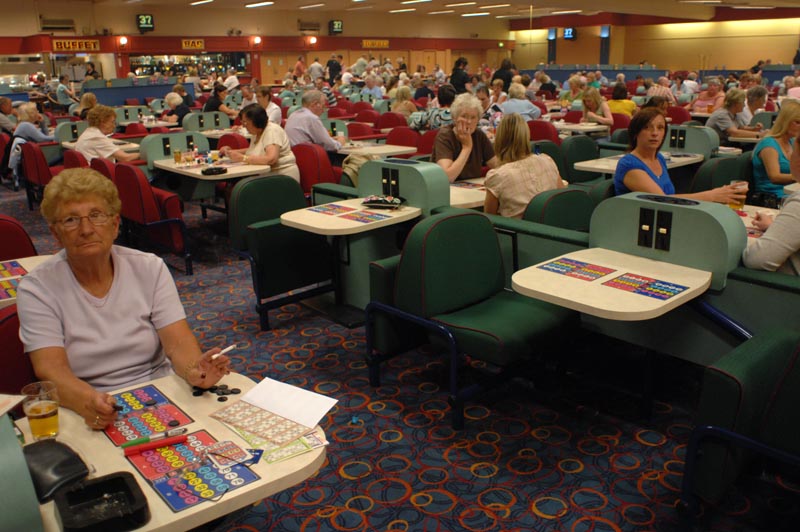NOTE: There are stacks more images on Instagram. Search for gazcook.
Tuesday, September 04, 2012
Third Proclamation and Trades Procession
This was the Third Proclamation at the 2012 Preston Guild, plus the Trades Procession which followed shortly afterwards.
Tuesday, August 28, 2012
Outsiders at London Design Festival with Interactive Newsprint
The truth is somewhere in the middle. It will take some time and major technology developments for the paper to fulfil this outlandish definition.
Already, Interactive Newsprint is an internet-connected paper allowing an increased evel of interactivity between the user and the writer/advertiser. This includes instantly updateable audio
But the development of some of these outlandish technologies – perhaps a printed battery, a printed solar power source or printed moving images – will move a step closer with this project.
Technologists believe that eventually moving LCD images will be cheaply printed on to paper and other products, such as drinks bottles or crockery.
Designers hope that by developing IN they will enable new ways to fund content, a crucial development if any kind of print industry is to remain in years to come. Music could also be a key element for IN’s progression.
As we approach the fall of 2012, IN is a prototype which has been seen at SXSW in Austin Texas and is about to unveil its latest designs at the London Design Festival (in September 2012).
Several community, news and arts-based groups are helping develop the technology.
As part of the development my own Outsiders project is being used for IN, with three of the interviews from the book printed on to the paper.
The interactivity comes from embossed buttons on the images which, when pressed, play either audio from those interviewed, my own thoughts and views on the subject or opinions from those who have experienced the IN paper at the deign festival.
My personal favourite possibility is a localised paper with an advert from the local butcher, who can update the embedded audio in the advert at any time to tell customers of special offers or that he is closing early because he has to take his son to football training.
For photography, the project is a unique way of engaging viewers and we hope to develop this arts-based approach to the newsprint as the project continues.
NOTE: IN is funded by the Digital Economy (DE) Programme and led by the University of Central Lancashire, with technology company Novalia and Dundee and Surrey universities.
More details on IN at the London Design Festival will be announced soon.
Monday, August 20, 2012
Marlboro Nights, Come To Where The Smoking Was (looking back at the ban on smoking in public)
Marlboro Nights the exhibition marked the fifth anniversary of the ban on smoking in public in public in England (July 1, 2007).
Marlboro Nights the book is availble now on Amazon in the UK and the US.
This big brash book documents smokers before the ban and then follows them as they were forced to go outside. Some of the portraits can be found elsewhere on this blog (or on www.gazcook.com where you can buy a signed copy from the store), below are some lovely landscape shots.
NOTE:
Blackburn Coffin Parade 2012 (the one which used to be held in Bamber Bridge)
But some die hard Blackburn fans made a big effort to carry on the tradition. You can read more about that here.
These images document the result, a short march between two pubs near Ewood Park.
The parade in Bamber Bridge involved a huge part of the community and includes several dozen floats and an hour-long procession. It was a trvesty that the tradition was unable to continue.
